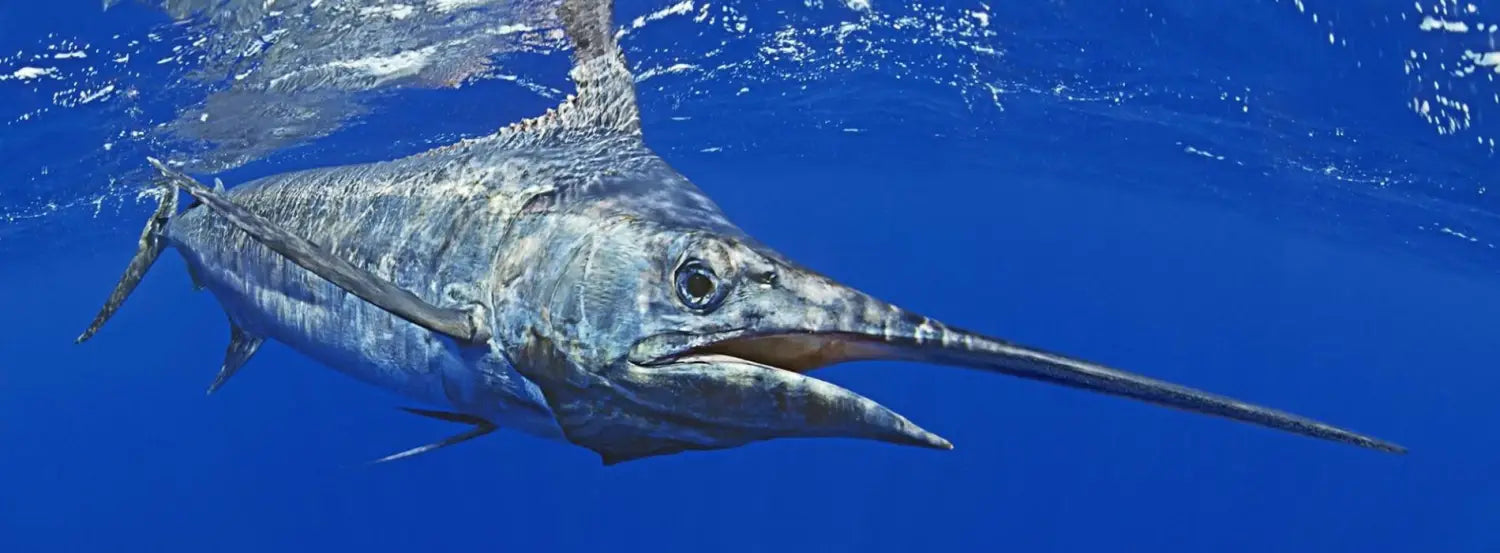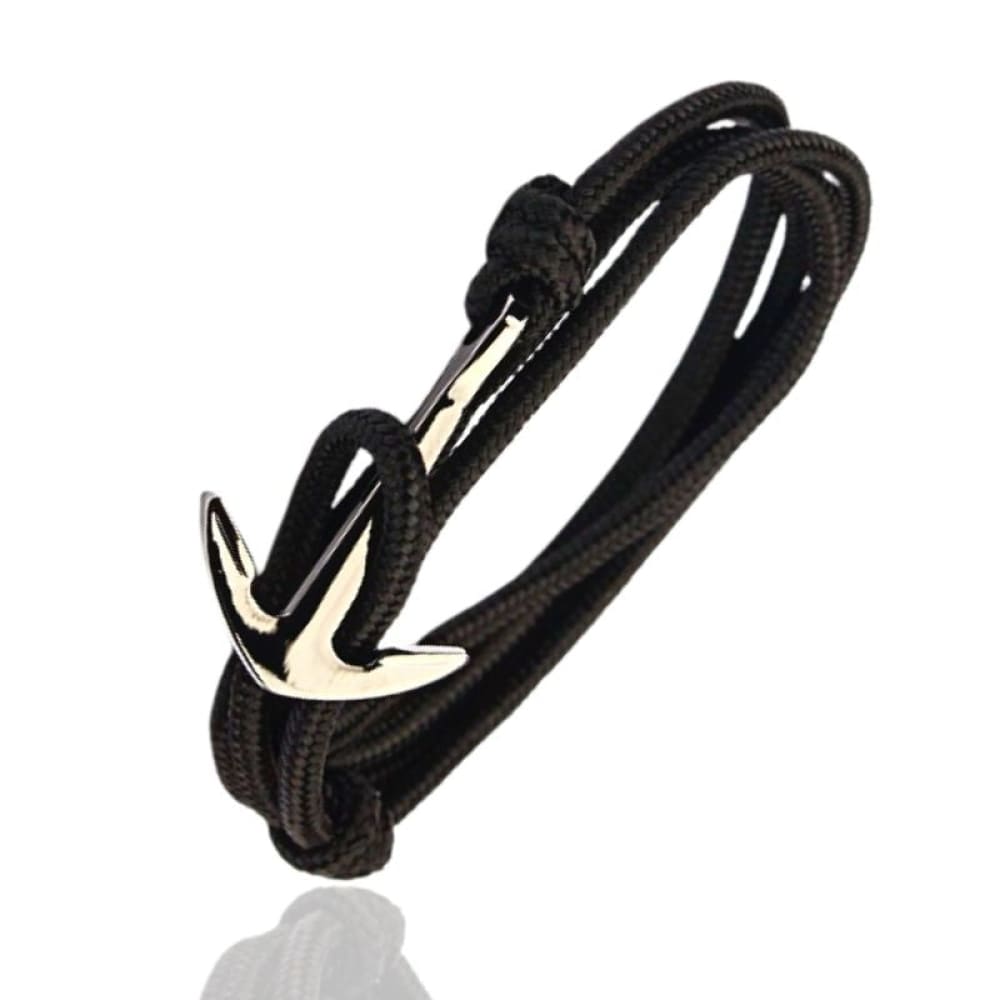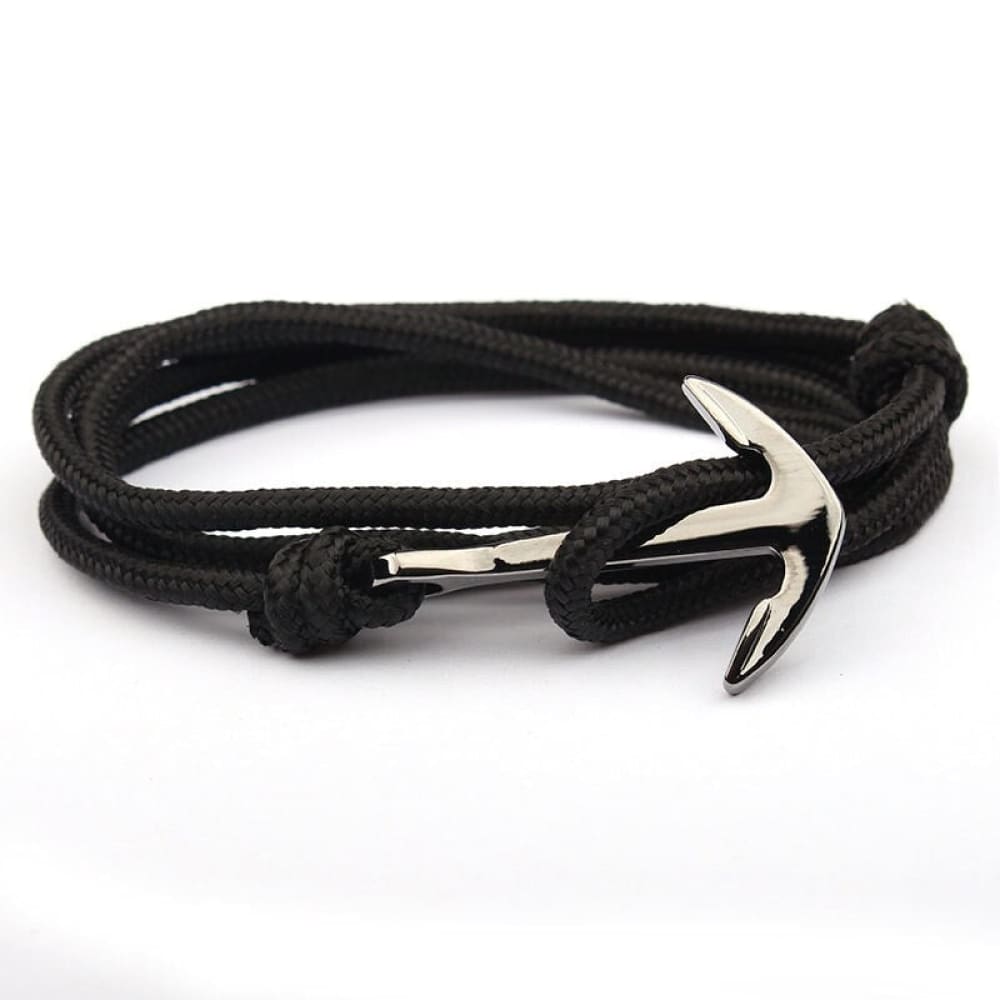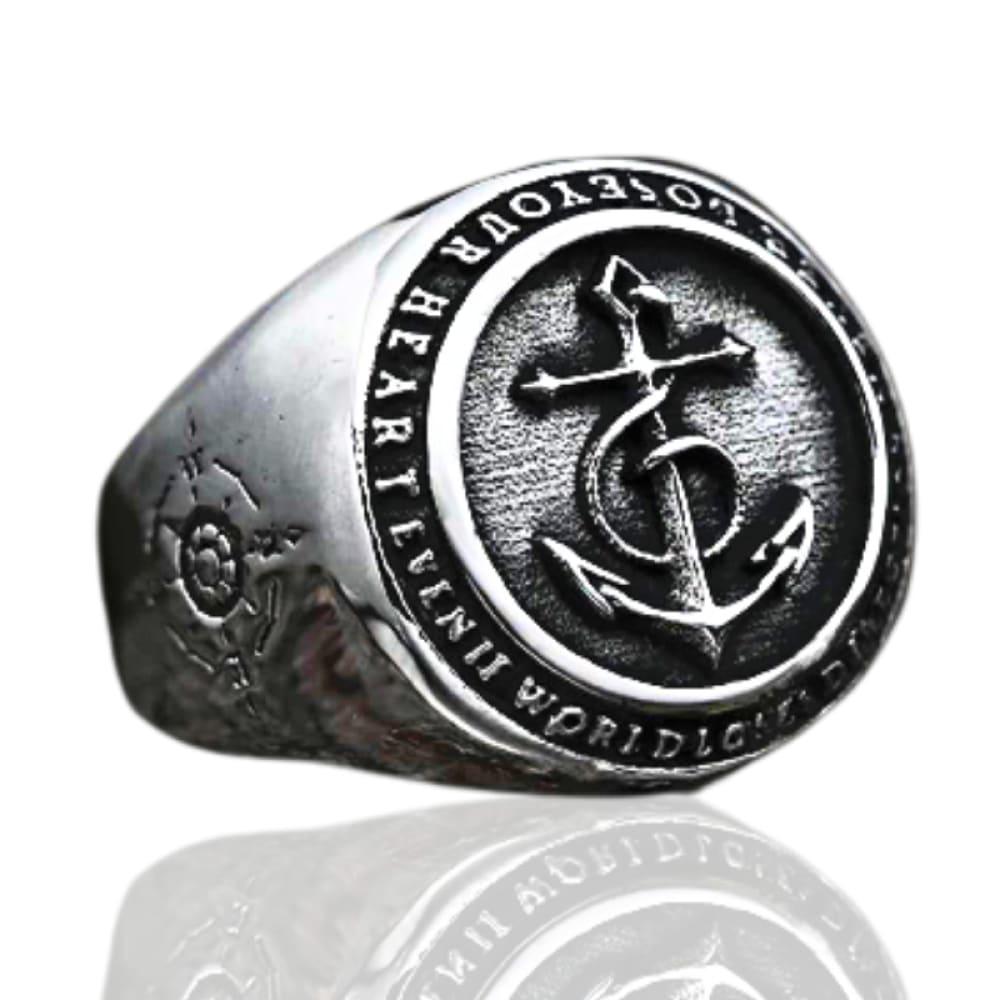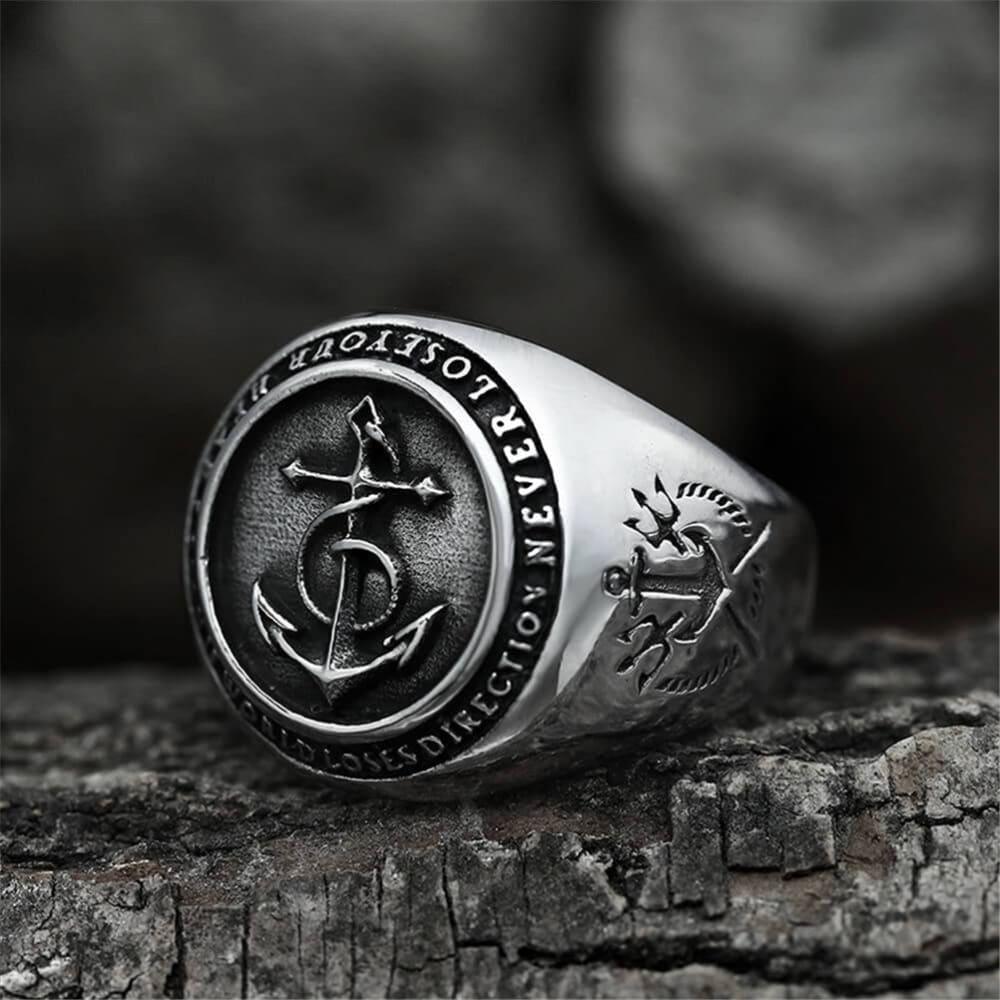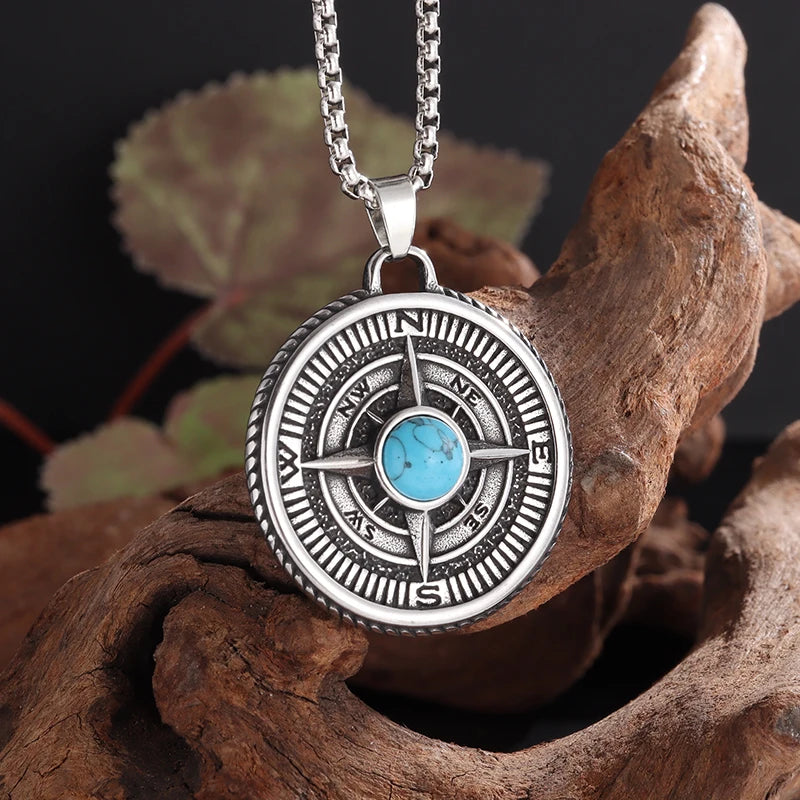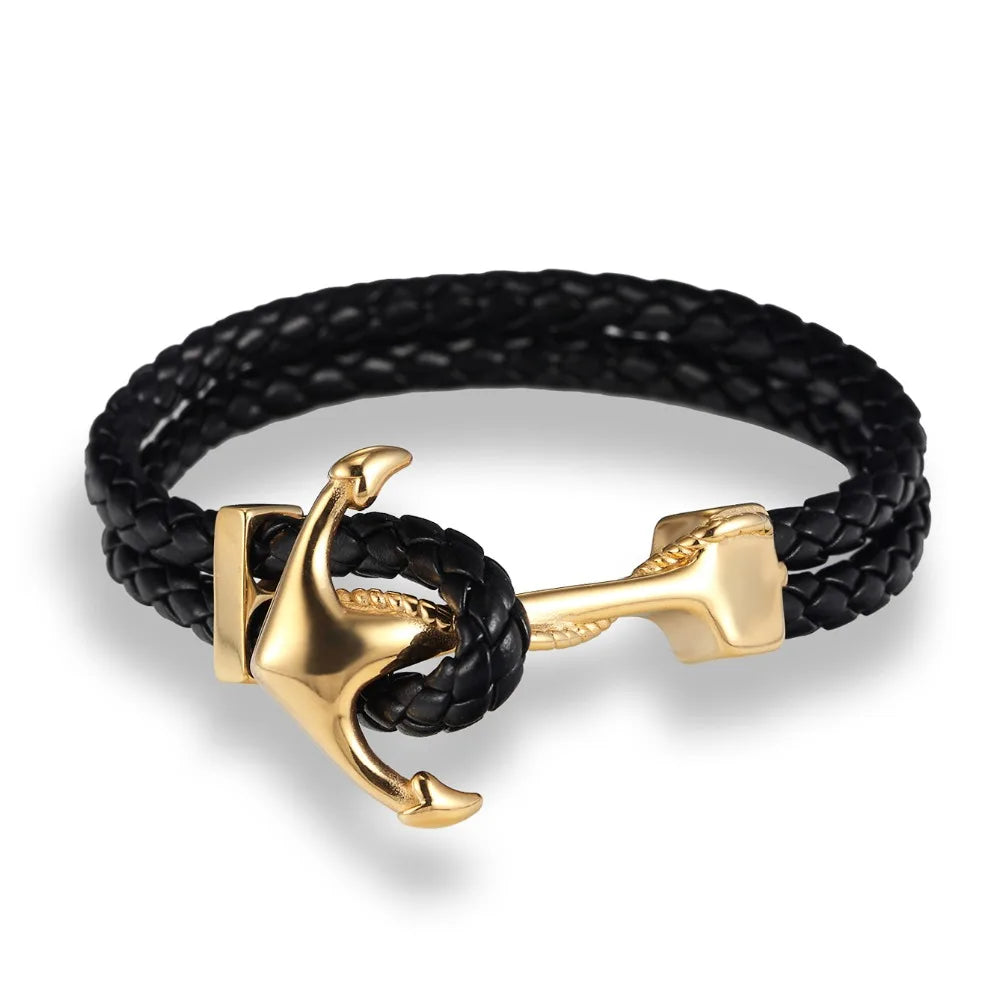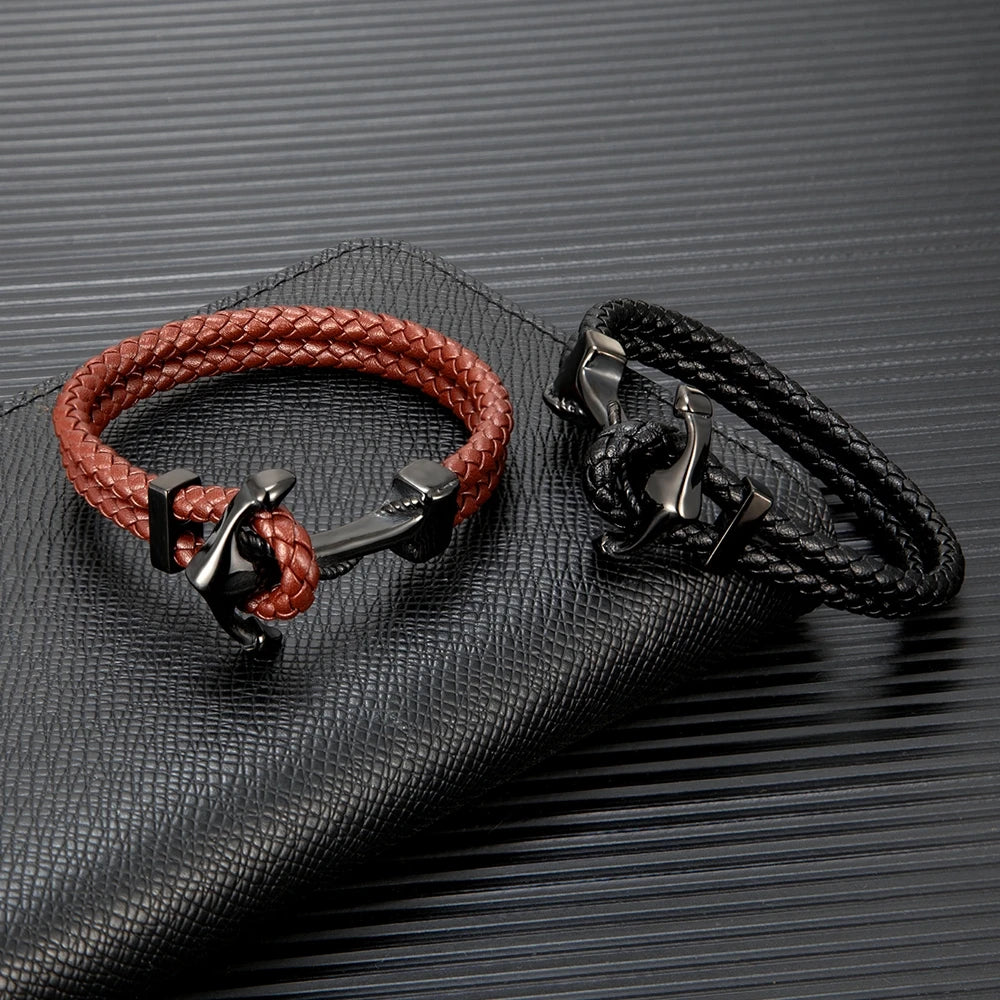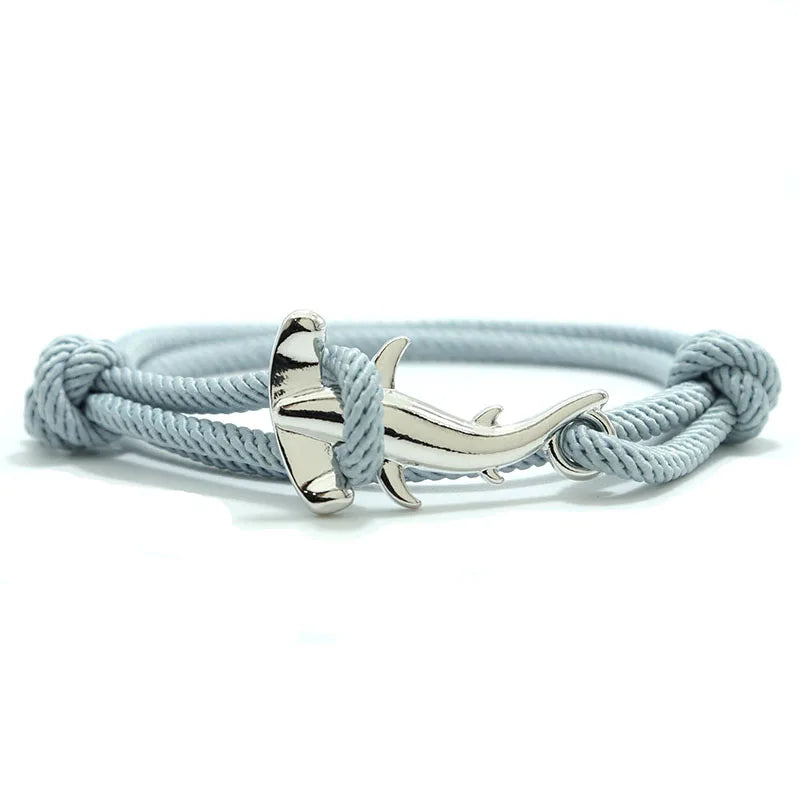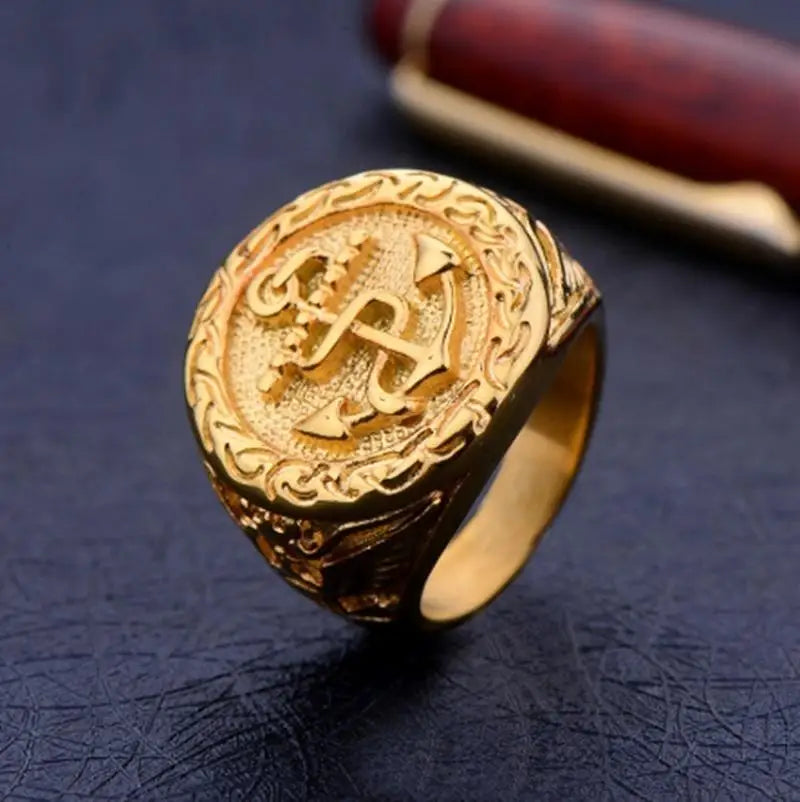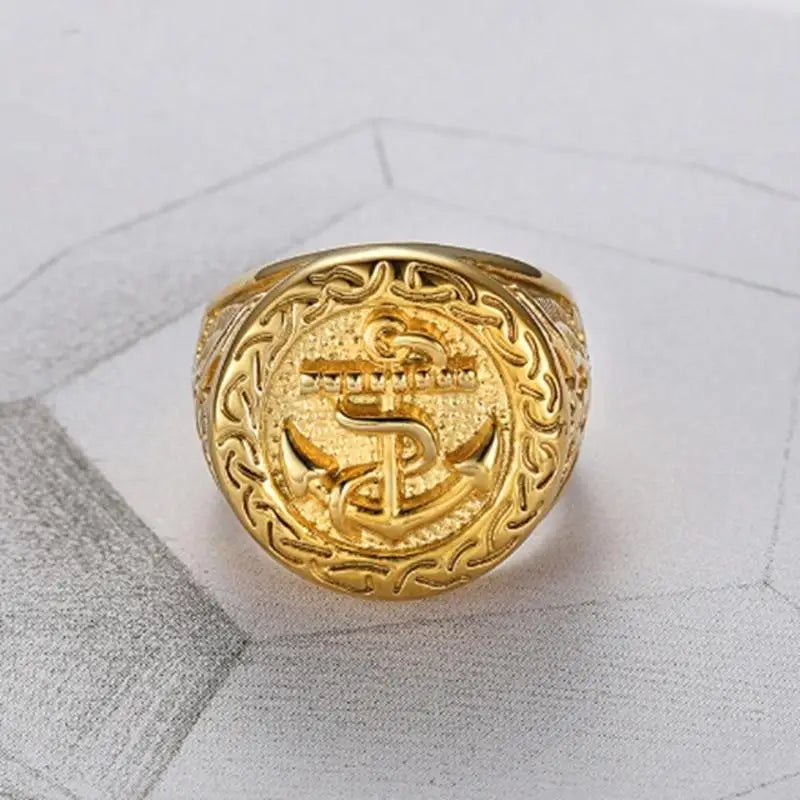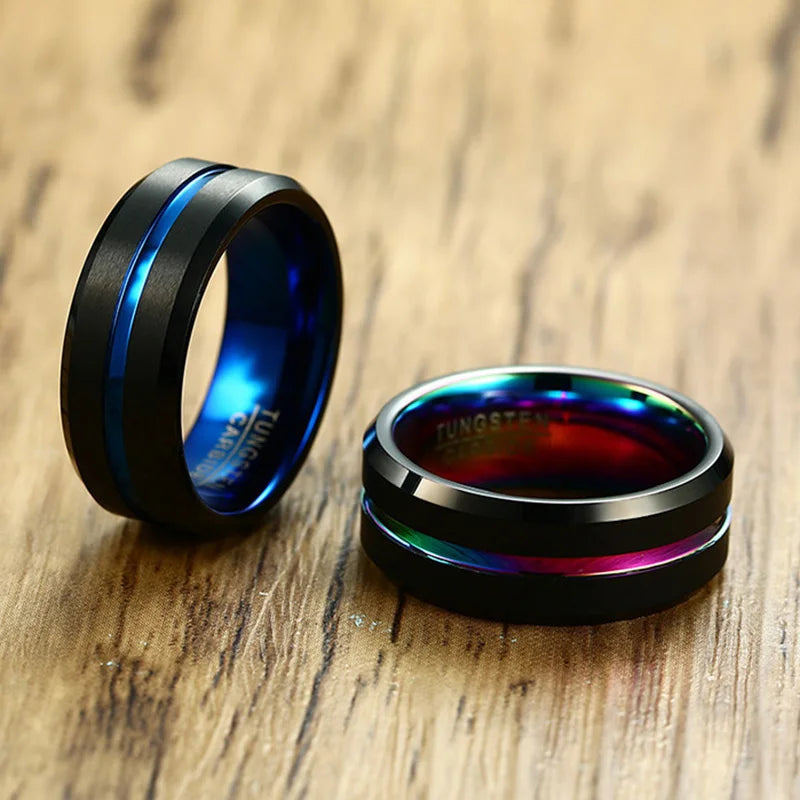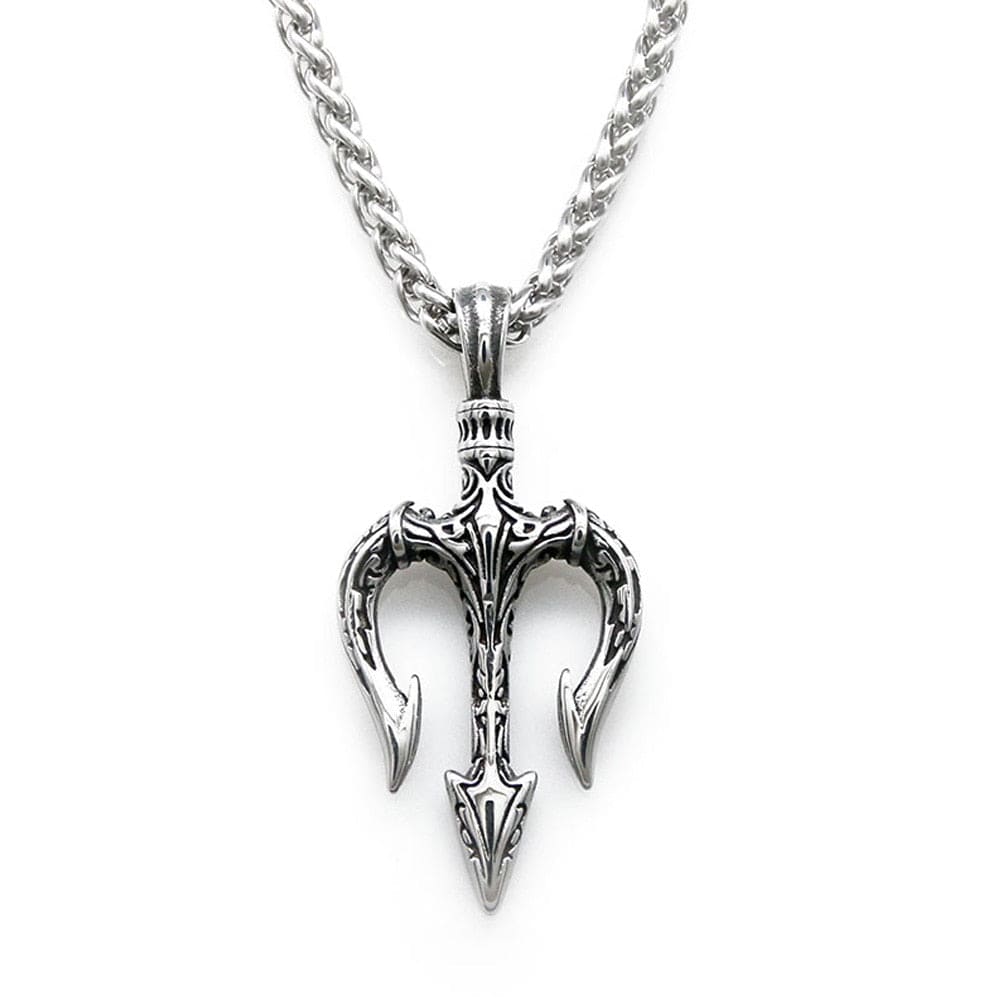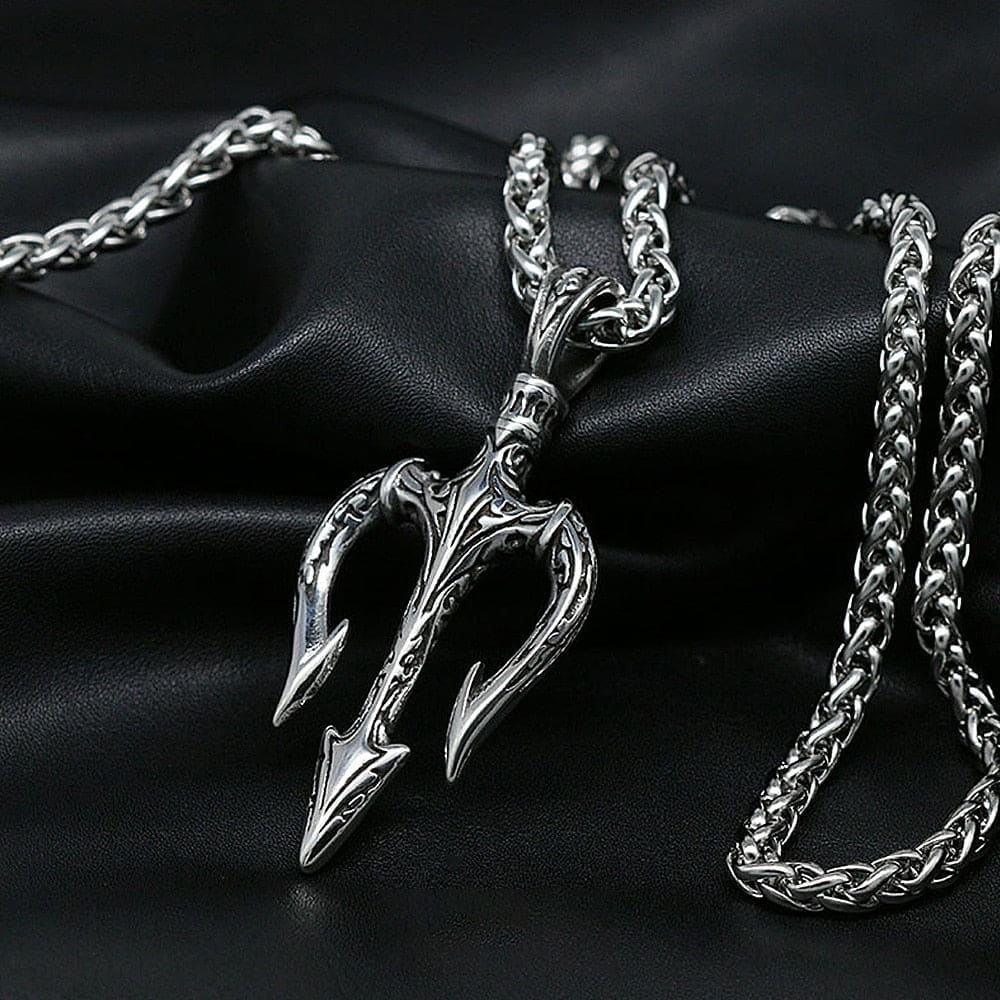L'océan est un monde vaste et mystérieux, qui abrite une myriade de créatures fascinantes. L'espadon est l'une de ces créatures qui captivent l'imagination. Avec son corps élancé , son long bec et sa puissante capacité de nage , c'est une véritable merveille de la mer. Dans cet article, nous explorerons sa vie et ses caractéristiques , son comportement, son habitat et les efforts de conservation mis en place pour protéger cette magnifique espèce.
1. Introduction à l'espadon
Ce marlin, connu scientifiquement sous le nom de Xiphias gladius , est un gros poisson prédateur qui appartient à la famille des poissons à bec . Il se caractérise par son bec long et plat , qui ressemble à une épée et qui lui donne son nom. Il a un corps profilé, une queue en forme de croissant et une nageoire dorsale qui court sur toute la longueur de son dos.
Apparence physique
L'espadon est une créature vraiment impressionnante en termes de taille et de force. Il peut atteindre une longueur de 4,3 mètres et peser plus de 630 kg , ce qui en fait l'une des plus grandes espèces de poissons de l'océan. Son corps est recouvert d' une peau lisse et sans écailles , dont la couleur varie du bleu foncé au noir brunâtre sur le haut du corps et au blanc argenté sur le ventre.

Habitat et répartition
Ce marlin vit dans les océans Atlantique et Pacifique, dans les eaux chaudes et tempérées. Dans l' Atlantique , on le trouve dans l' Atlantique Nord , du golfe du Mexique aux Grands Bancs de Terre-Neuve. Dans le Pacifique, on le trouve dans les eaux au large des côtes de la Californie, du Mexique et jusqu'au Japon. Ce sont de grands migrateurs qui peuvent parcourir de vastes distances à la recherche de nourriture et de zones de reproduction adaptées.
2. Cycle de vie et reproduction
Le cycle biologique de l'espadon est vraiment remarquable, avec plusieurs étapes distinctes qui s'étendent sur plusieurs années. Examinons de plus près chaque étape :
Stade larvaire
Au départ, il s'agit d'une minuscule larve, issue d'œufs relâchés dans la colonne d'eau par les femelles adultes. Ces larves ne mesurent que quelques millimètres de long et sont complètement transparentes, ce qui les rend difficiles à repérer dans l'immensité de l'océan. Elles dérivent au gré des courants océaniques, se nourrissant de plancton et de petits organismes jusqu'à atteindre une longueur d'environ 5 cm .

Stade juvénile
Au fur et à mesure que les larves grandissent, elles se transforment en juvéniles. À ce stade, elles développent un long bec caractéristique et commencent à prendre la forme et les caractéristiques d'un adulte. Les jeunes espadons recherchent des zones où la nourriture est abondante, comme le bord du plateau continental ou les zones où les courants remontent l'eau. Ils grandissent rapidement pendant ce stade, se nourrissant de petits poissons et de calmars.
Stade adulte
Une fois adulte, il entame son impressionnant voyage en tant que prédateur puissant et habile. Un adulte a un régime alimentaire varié qui comprend des calmars , des poulpes et diverses espèces de poissons , dont le thon et le maquereau. Ils sont connus pour leur vitesse et leur agilité incroyables, capables de nager à des vitesses allant jusqu'à 50 miles par heure . Cela en fait de redoutables chasseurs en pleine mer.

Reproduction
Ils atteignent la maturité sexuelle vers 4 à 5 ans . Pendant la saison de reproduction, les femelles libèrent leurs œufs dans l'eau, tandis que les mâles libèrent du sperme pour les féconder. Les détails exacts de leur reproduction ne sont pas bien connus, car la ponte a lieu en eaux profondes et est difficile à observer . Après la ponte, les espadons adultes retournent à leurs aires d'alimentation habituelles, laissant les œufs et les larves se développer seuls.
3. Comportement alimentaire et adaptations
C'est un prédateur vorace, doté d'un certain nombre d'adaptations uniques qui en font un chasseur efficace en haute mer. Explorons certaines de ces adaptations et le comportement alimentaire de l'espadon :

Bill, l'épée-comme-une-épée
Leur caractéristique la plus distinctive est leur long bec, qui est utilisé comme une arme puissante . Le bec est utilisé pour couper leurs proies, les étourdir ou les empaler, ce qui permet à l'espadon de les capturer et de les consommer plus facilement. Le bec est également capable de détecter les signaux électriques émis par les proies, ce qui l'aide à localiser son prochain repas.
Plongée profonde
Ils sont connus pour leur capacité à plonger à de grandes profondeurs à la recherche de nourriture. Ils sont capables de plonger jusqu'à des profondeurs de plus de 550 mètres , où ils peuvent trouver des proies que d'autres prédateurs ne peuvent pas atteindre. Ce comportement de plongée est facilité par des adaptations telles qu'un gros foie rempli d'huile qui contribue à la flottabilité et un système d'échange de chaleur qui permet à l'espadon de maintenir une température corporelle stable dans les eaux froides.
Stratégie d'alimentation

Ce marlin utilise une stratégie alimentaire unique appelée « alimentation par bélier ». Elle consiste à nager à grande vitesse vers un banc de poissons ou un groupe de calmars et à utiliser son bec pour trancher la proie . Cette soudaine poussée de vitesse et cette attaque puissante peuvent étourdir ou tuer la proie, ce qui lui permet de consommer plus facilement son repas.
4. Pêche et conservation
Cette créature est une cible importante de la pêche commerciale et récréative depuis de nombreuses années. Cependant, la surpêche et l'utilisation de méthodes de pêche non durables ont suscité des inquiétudes quant à la viabilité à long terme de leurs populations . Par conséquent, des mesures de gestion des pêches et des efforts de conservation ont été mis en place pour assurer la durabilité de cette espèce emblématique.
Règlement sur la pêche

Pour protéger les populations d'espadons, des réglementations sur la pêche ont été mises en place pour limiter le nombre et la taille des poissons pouvant être capturés. Ces réglementations comprennent des limites de taille , des quotas de capture et des restrictions sur les engins et les méthodes de pêche. En appliquant ces mesures, les pêcheries peuvent contribuer à garantir que leurs populations restent saines et abondantes.
Réduction des prises accessoires
L'un des principaux défis de la pêche est le problème des prises accessoires, qui désignent la capture involontaire d'espèces non ciblées. Les prises accessoires peuvent inclure des espèces menacées ou protégées , telles que les tortues de mer et les mammifères marins. Pour réduire les prises accessoires, les pêcheries ont mis en œuvre des mesures telles que l'utilisation d'hameçons circulaires, qui peuvent réduire la probabilité de capturer des espèces non ciblées.
Pratiques durables en matière de produits de la mer
Les consommateurs peuvent également jouer un rôle dans la conservation de l’espadon et d’autres espèces marines en faisant des choix éclairés quant aux produits de la mer qu’ils consomment. En choisissant des produits de la mer provenant de sources durables , comme ce marlin pêché selon des méthodes de pêche respectueuses de l’environnement, les consommateurs peuvent soutenir les pêcheries qui œuvrent à la protection de l’ océan et de ses habitants .

Notre dernier mot...
Ce poisson est une créature vraiment remarquable, avec son corps élancé, sa puissante capacité de nage et son bec emblématique. Son cycle de vie, son comportement alimentaire et ses adaptations en font un sujet d'étude fascinant pour les biologistes marins et un symbole de la beauté et de la diversité de l'océan. Grâce à des pratiques de pêche responsables et à des efforts de conservation, nous pouvons garantir que les générations futures pourront continuer à s'émerveiller devant la majesté de l'espadon et d'autres créatures océaniques remarquables.
Nous espérons que vous avez aimé cet article sur l'espadon !
N'hésitez pas à vous abonner à notre newsletter privée pour recevoir des articles plus exclusifs. Vous bénéficierez également d'une remise bonus de 10 % sur notre catalogue du monde marin. Vous serez averti par e-mail chaque fois que nous publierons un nouveau merveilleux bijou morceau de l'océan.
N'hésitez pas également à aller découvrir notre site web, nous fournissons le meilleur contenu marin et nous vous proposons les meilleurs bijoux nautiques du monde entier !

